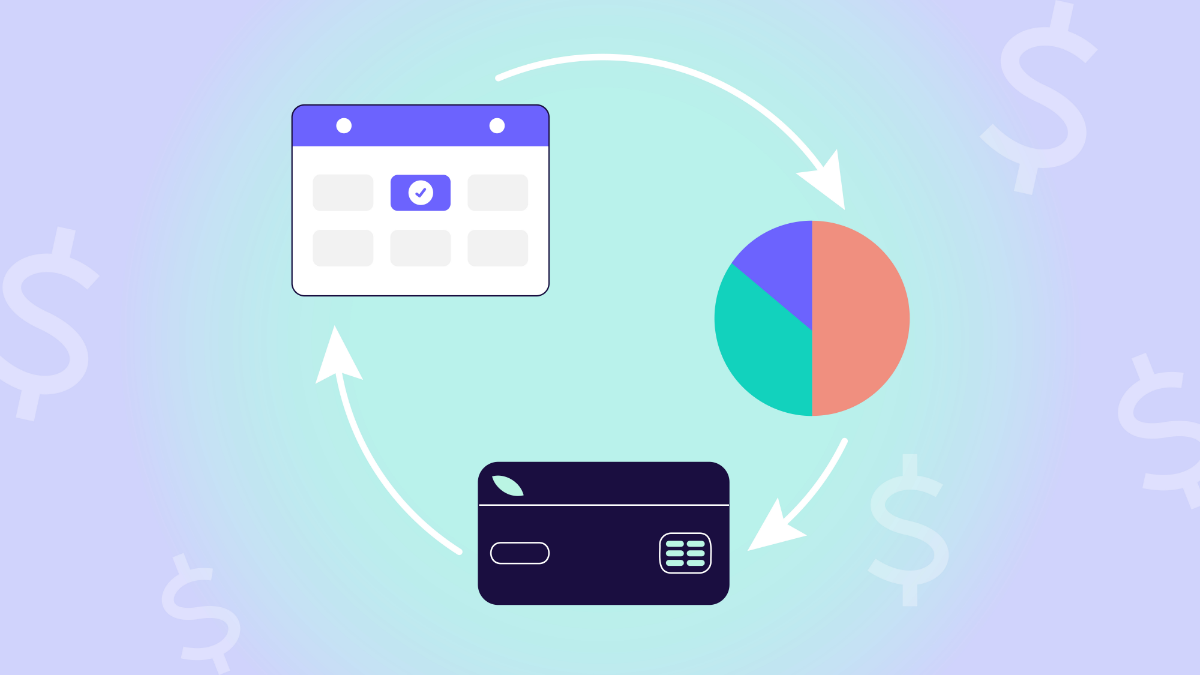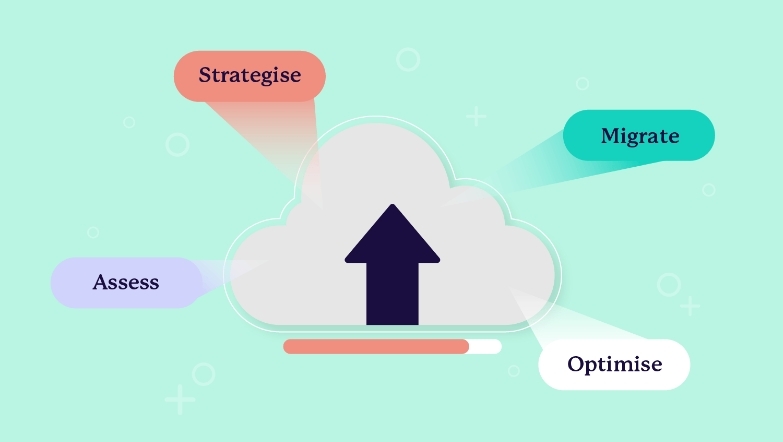Recently, subscription services have emerged as a dominant eCommerce payment method, offering businesses innovative ways to connect with their customers while ensuring recurring revenue. From software companies licensing their tools to streaming platforms like Netflix offering unlimited film and television content, the subscription economy has reshaped how we consume products and services. But why does it work so well? And is it the right fit for your business? Let’s explore.
What Is a Subscription Business Model?
At its core, a subscription business model involves charging customers a recurring fee—monthly, quarterly, or annually—for access to products or services. This approach is not new, however, with everything becoming more and more accessible online, it has expanded its appeal to eCommerce, entertainment, as well as many niche markets.
Why It Works
Better Cash Flow
Subscription models often secure upfront payments for extended periods, giving businesses immediate access to cash. This approach supports better cash flow and offers start-ups a low-risk avenue to launch their services. To appeal to hesitant customers, companies frequently provide discounts for long-term subscriptions, encouraging commitment while boosting early revenue.
Lower Customer Acquisition Costs
Traditional pricing strategies often require significant marketing investments to continuously attract new customers. In contrast, subscriptions focus on retaining users, which is notably more cost-efficient. Studies indicate that retaining an existing customer can be up to five times cheaper than acquiring a new one. With a subscription model, the lifetime value of each customer is significantly higher, reducing the need for constant new acquisitions.
Better Customer Loyalty
Subscriptions enable businesses to build lasting relationships with their audience by offering regular touchpoints. Insights gained from recurring transactions help brands personalise experiences and craft targeted communication, fostering customer satisfaction. Repeat customers are also known to spend substantially more—up to 67% more than new ones—underscoring the long-term value of a loyal subscriber base.
Easier Upselling and Cross-Selling
Breaking down large expenses into manageable subscription payments makes it easier for customers to commit. Additionally, businesses can leverage their subscriber base to promote complementary products or premium upgrades through effective cross-selling strategies.
Who Benefits Most from Subscriptions?
While any business can explore this model, it’s particularly suited for:
- Software and SaaS Companies: Licensing through subscriptions is now standard, offering consistent updates and support.
- Ecommerce Stores: Curated boxes, such as beauty kits or gourmet food hampers, are highly popular.
- Service-Based Businesses: Gyms, streaming services, and online education platforms thrive on subscriptions.
- Replenishment Products: Consumables like razors, vitamins, or pet supplies are ideal candidates.
Types of Subscription Models
Replenishment
Replenishment subscriptions automate the delivery of everyday essentials, ensuring customers never run out of key items. Examples include meal kit deliveries, coffee subscriptions, or pet food services.
Pros:
- Strong retention rates: The practical nature of replenishment builds long-term loyalty.
- High conversion rates: Convenience often drives customers to adopt this model.
Cons:
- Limited scope: The model works best for products requiring regular replenishment, which narrows the audience.
- Potential for price sensitivity: Customers may compare subscription pricing to ad hoc purchases.
Lyka operates on a replenishment subscription model, delivering fresh and nutritious pet food directly to customers on a regular schedule. This ensures that pets consistently receive their food without the need for manual reordering, promoting convenience and a healthy feeding plan.
Access
Access-based subscriptions provide exclusive benefits, discounts, or privileges in exchange for a recurring fee. Examples include services like Amazon Prime, VIP memberships, or gym subscriptions.
Pros:
- Encourages loyalty: Exclusive perks create a sense of value, generating long-term commitment.
- Upselling opportunities: Members are more likely to purchase additional services or upgrades.
Cons:
- Rising customer expectations: To retain members, businesses must continually enhance offerings, potentially increasing costs.
- Dependence on perceived value: If the benefits fail to outweigh the cost, customers may drop off.
Adobe Creative Cloud adopts an Access-based subscription where users pay for access to a suite of software tools (such as Photoshop, Premier Pro etc) rather than owning the software outright. The subscription grants users access to the latest versions of these tools, updates, and cloud services for the duration of their subscription period.
Curation
Curated subscriptions focus on delivering a handpicked selection of products, often creating an element of surprise and delight for customers. Popular examples include monthly wine clubs, beauty boxes, and book subscriptions.
Pros:
- High profit potential: Customers often pay a premium for exclusivity and curation.
- Personalisation opportunities: Tailoring offerings to customer preferences enhances engagement and satisfaction.
Cons:
- High churn risk: If selections don’t consistently meet expectations, customers may cancel.
- Complex logistics: Managing inventory, sourcing products, and maintaining quality can be challenging.
Snack Crate offers a curated snack subscription model, delivering snack boxes packed with treats from a different country each month. The service allows subscribers to discover new snacks without leaving their home, with flexible subscriptions options including 1 month, 6 months and 12 months.
Hybrid Models
Hybrid subscription models blend traditional sales with subscription services, allowing businesses to diversify revenue streams. For instance, an eCommerce brand might sell individual items while offering subscription discounts for frequent purchases.
Pros:
- Supplementary income: Creates an additional revenue stream to stabilise cash flow.
- Valuable customer insights: Gathers data on consumer preferences to refine offerings.
Cons:
- Operational challenges: Managing two distinct models can complicate inventory, fulfillment, and customer support.
- Marketing complexity: Requires strategies tailored to both one-off and subscription customers.
A great example of a hybrid subscription model is Pet Barn’s eCommerce site which accommodates standard one-off purchases as well as “Repeat Delivery” purchasing options. Customers can automatically reorder pet food and products on a set schedule, often at a discounted price, ensuring both convenience for customers and recurring revenue for the business.
The Pros and Cons of Subscription Models
Pros:
- Recurring Revenue: Reduces dependency on one-time purchases.
- Lower Customer Acquisition Costs: Loyal customers are more cost-effective than acquiring new ones.
- Scalability: A growing subscriber base means predictable scaling potential.
Cons:
- Churn Rates: Retaining customers can be challenging, especially in competitive markets.
- Initial Investment: Building and marketing a subscription service requires upfront effort.
- Saturated Markets: Entering a crowded niche can limit profitability.
Is It Right for Your Business?
Subscriptions can be an effective model for many products and services, but they’re not universally applicable. Before committing to a subscription-based approach, consider whether it aligns with both your business goals and your customers’ needs.
Ask yourself:
- Does my product or service naturally lend itself to recurring purchases or ongoing value?
- Will my target audience see consistent value in subscribing rather than making one-off purchases?
- Do I have the operational capacity to handle the demands of a subscription model, such as fulfillment, customer service, and retention strategies?
- Do I have a clear retention strategy in place to minimise churn and foster long-term success?
- Can I personalise offerings to create tailored experiences?
How to Get Started
- Choose Your Model: Decide which subscription type aligns with your business and audience.
- Develop Your Offering: Create a compelling product or service with clear value.
- Set Pricing: Balance affordability with profitability.
- Build an Online Presence: Use platforms like Shopify or WooCommerce for easy subscription management.
- Market Strategically: Focus on building a strong social media presence, sharing high-quality product photos and videos, growing and engaging an email list, partnering with micro-influencers, running targeted ads, and exploring other creative marketing strategies.
Who Gives A Crap: A Quick Case Study
Who Gives A Crap, an Australian-based company, is a great example of how a subscription business model can drive both financial success and social impact. Founded in 2012, the company delivers eco-friendly toilet paper, tissues, and paper towels to customers’ doors, combining convenience with sustainability. Importantly, it donates 50% of its profits to fund sanitation projects in developing countries, addressing the global sanitation crisis while building a strong brand identity.
Why It Works
The success of Who Gives A Crap lies in its ability to align its subscription offering with strong ethical values, such as environmental sustainability and social responsibility. Research indicates that consumer willingness to pay increases significantly—by approximately 30%—when a brand’s charitable cause is highlighted, and by 20% when eco-friendliness is emphasised.
The Broader Subscription Economy
The growth of Who Gives A Crap mirrors larger trends in the subscription economy:
- Consumer Spending: The average consumer spends $133 per month on subscriptions, equating to roughly $1,600 annually. This shows how subscriptions are becoming an integral part of everyday spending habits.
- Business Growth: While only 24% of businesses currently utilise subscription models, the sector has seen a compound annual growth rate (CAGR) of 60%, far outpacing the average industry growth rate of 10%. This suggests strong potential for Australian businesses looking to adopt this model.
Conclusion
The subscription business model is a strategic approach to building stable, long-term revenue while nurturing customer relationships. Whether you’re a start-up or an established business, subscriptions offer exciting possibilities to innovate and grow in the Australian market.
Ready to unlock the potential of a subscription model?
It all starts with the right subscription setup. Greenhat has the unique blend of technical acumen and strategic insight to build a system that works for your business.








